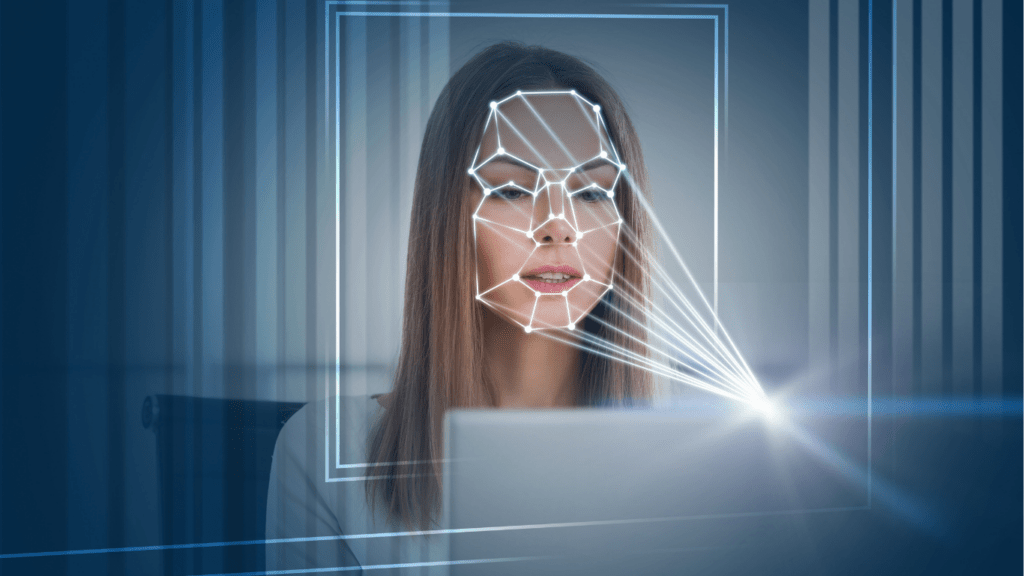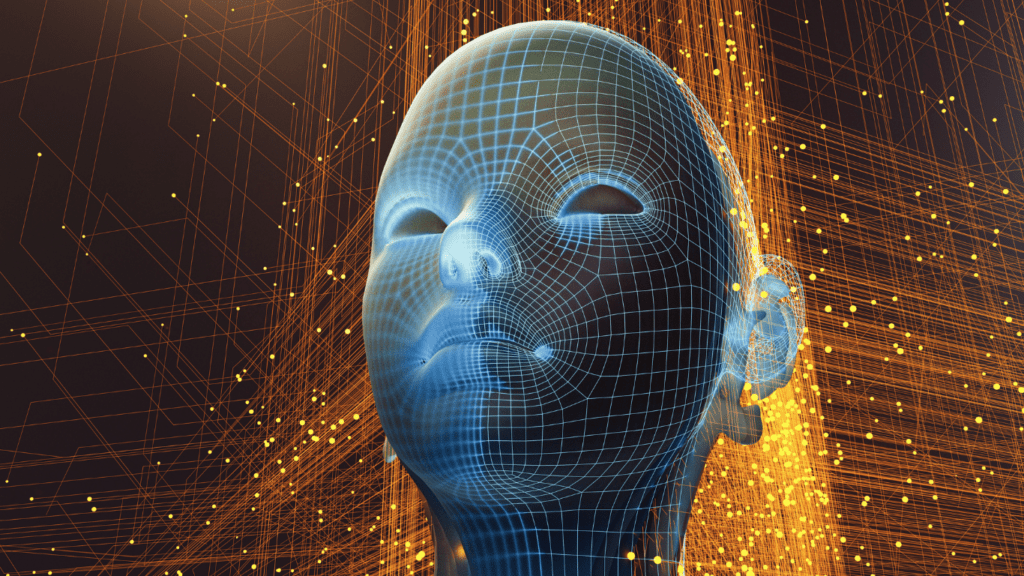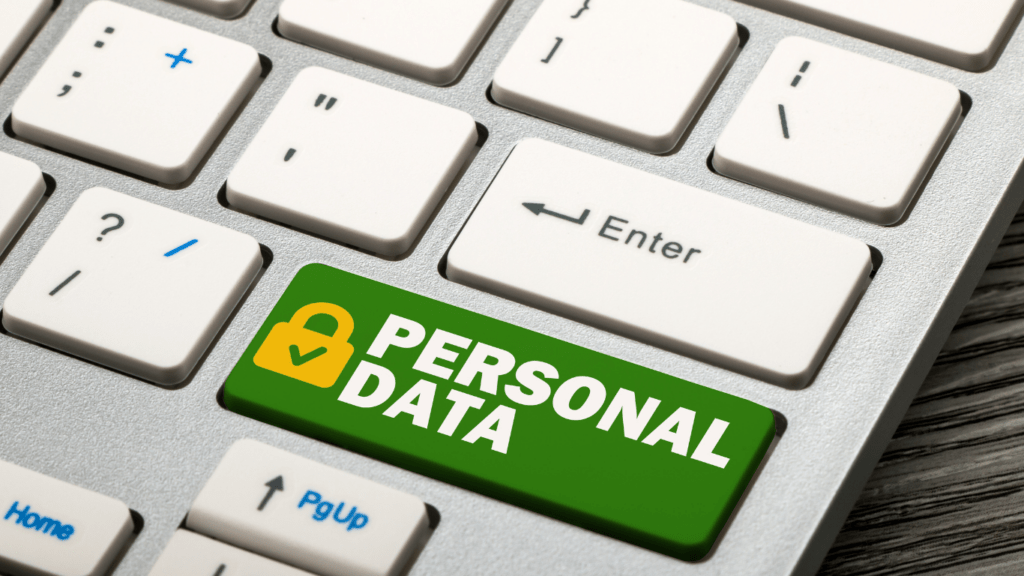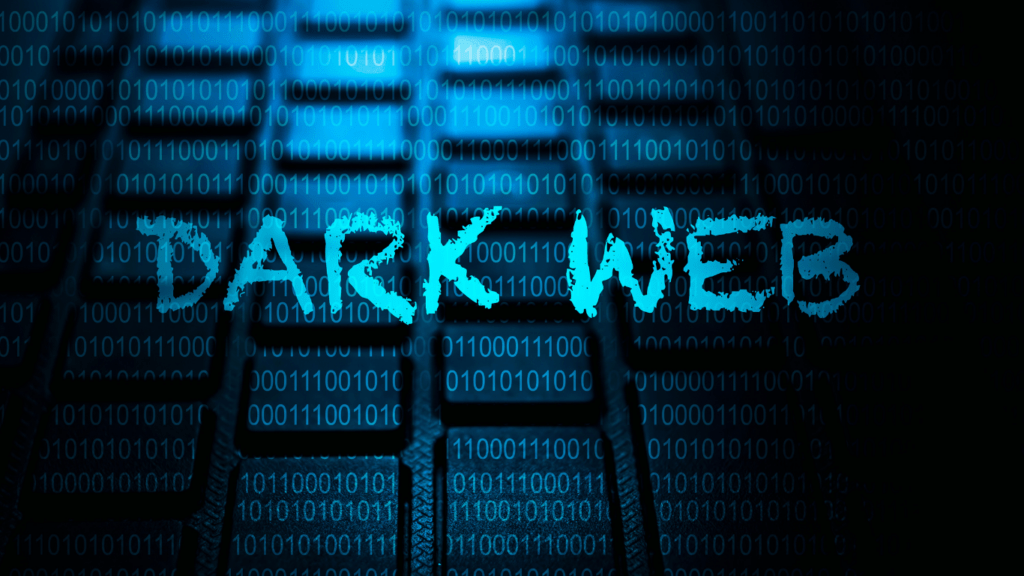Deepfake technology has taken the digital world by storm, blending creativity and deception in ways we’ve never seen before. While it’s fascinating to see how artificial intelligence can mimic faces and voices with uncanny accuracy, it’s also unsettling to think about how easily this tech can be misused. From fake celebrity videos to manipulated political speeches, the line between reality and fabrication is becoming alarmingly blurry.
Understanding Deepfake Technology
Deepfakes use artificial intelligence to create highly realistic, yet fabricated, digital content. Their rise poses significant risks while also showcasing the evolving capabilities of AI.
What Are Deepfakes?
Deepfakes are digital media—videos, images, or audio—manipulated using AI to simulate real people. This manipulation often involves replacing faces, altering voices, or generating realistic scenarios that never occurred. For example, a deepfake can show a public figure saying words they never spoke, making it challenging to separate real content from fabricated material.
How Deepfake Technology Works
Deepfakes rely on deep learning, a subset of machine learning. Developers train neural networks called generative adversarial networks (GANs) with vast datasets of real-world images and audio. GANs operate through two components: one generates fake content, while the other evaluates its authenticity. Over time, this process fine-tunes the fake creation, delivering highly realistic results. Common techniques include facial mapping, speech synthesis, and body motion replication to create believable outcomes.
Common Applications of Deepfake Technology
- Entertainment: Used in movies and TV shows for de-aging actors or recreating performances of deceased individuals.
- Marketing: Brands utilize synthetic media to personalize campaigns or generate engaging video ads.
- Education and Training: Employed in creating interactive training modules or historical simulations.
- Misinformation: Exploited by malicious actors to fabricate political speeches or spread propaganda.
- Social Media: Seen in viral videos, often meant as parodies or pranks.
Each application underscores the dual-edged nature of this innovation, blending advancements with risks.
Risks and Concerns of Deepfake Technology
Deepfake technology poses significant risks across various domains. It raises ethical, security, and societal challenges, making it crucial to address its adverse effects.
Ethical Implications
Deepfakes complicate ethical boundaries in digital creation. Fabricated videos featuring public figures or private individuals can harm reputations and spread false narratives. Misuse of deepfakes in pornography is especially concerning, with over 96% of deepfake content used for non-consensual explicit materials, according to studies by Deeptrace Labs. Ethical dilemmas intensify when technology is weaponized to manipulate opinions or deceive for financial gain.
Threats to Privacy and Security
Deepfakes undermine privacy by exploiting personal data. AI algorithms use publicly available content—photos or voice recordings—to generate realistic manipulations, creating vulnerabilities for identity theft and impersonation scams. Criminals increasingly use deepfakes for cybercrime, such as falsifying executive audio to authorize fraudulent transactions. These risks compromise both personal security and corporate assets, particularly when data protections are inadequate.
Impact on Trust and Society
Deepfakes weaken societal trust in digital media. The difficulty of identifying manipulated content creates;
- skepticism
- reducing confidence in news
- evidence
- interpersonal relationships
This erosion of trust impacts democratic systems, as fake political speeches and campaigns manipulate public perception. In a broader sense, the inability to discern real from fake endangers credible communication, creating long-term challenges for societal stability.
Detecting Digital Manipulation

Detecting deepfakes is becoming increasingly crucial as the technology advances. While no single approach guarantees complete accuracy, combining tools, observation, and knowledge can reveal fabricated content.
Tools for Identifying Deepfakes
Various tools analyze media for signs of manipulation. Deepware Scanner and Sensity AI, for example, specialize in detecting inconsistencies in deepfake videos and audio. Microsoft Video Authenticator uses machine learning to evaluate photos or videos, estimating the confidence level of their authenticity. Adobe’s Content Authenticity Initiative embeds metadata into digital files, enabling users to trace origins and modifications.
Additionally, platforms like DeepTrace Labs and Intel’s FakeCatcher focus on biometric patterns. FakeCatcher detects subtle changes like heart rate signals in video subjects to identify unnatural edits. Tools like these offer actionable insights but require integration into common workflows for widespread impact.
Key Indicators of a Deepfake
Deepfakes often expose flaws revealing manipulation. Unnatural facial movements or inconsistent lip synchronization can hint at altered visuals. Irregular lighting, mismatched skin tones, or blurred boundaries between a subject’s face and background are key signs. For instance, artifacts around the eyes or mouth often result from poor image stitching.
Audio deepfakes display their own inconsistencies. Robotic tones or audio mismatches between speech and expression suggest fabricated content. Background noise or irregular inflections in voice cadence also indicate edits. Awareness of these indicators enhances confidence when scrutinizing suspicious material.
Challenges in Detection
Detection faces significant obstacles due to deepfakes’ increasing sophistication. Advances in GANs enhance the realism of synthetic content, reducing visible discrepancies. Tools may struggle to keep pace with rapidly evolving manipulation techniques, especially as datasets improve.
Resource limitations hinder widespread detection. Comprehensive tools often require substantial computing power or customization, making accessibility uneven across individuals and organizations. Collaboration between tech developers, educational initiatives, and legal frameworks is essential to address these gaps effectively.
How to Avoid Being Fooled by Deepfakes
Staying vigilant against deepfakes requires a combination of critical thinking, awareness, and technological assistance. Understanding subtle signs of manipulation and leveraging resources can help protect against digital deception.
Tips for Recognizing Manipulated Content
Identifying manipulated content depends on analyzing visual and audio inconsistencies. I look for unnatural facial expressions, inconsistent lighting, or mismatched skin tones in videos. Subtle artifacts in the background or around edges also signal manipulation. For audio, glitches in speech patterns, robotic intonation, or timing mismatches suggest synthetically altered voices.
Checking metadata and context provides additional validation. I cross-check sources to confirm authenticity, especially with influential social or political content. Spotting discrepancies between the message and its claimed origin strengthens my ability to identify fakes. Media analysis tools, like reverse image search or forensic analysis apps, assist in verification as well.
Promoting Media Literacy and Awareness
Media literacy plays a critical role in combating deepfake influence. I advocate for understanding how digital content can be altered, which builds skepticism toward unverified material. Sharing knowledge about deepfake trends, risks, and detection methods equips others to scrutinize suspicious content effectively.
Educational programs targeting schools, workplaces, and communities foster critical thinking skills. Teaching users to verify multimedia content, question sources, and recognize manipulation increases collective resilience. Raising awareness through campaigns or workshops builds informed audiences less susceptible to deception.
Role of Technology in Countering Deepfakes
Technology actively supports defense against deepfakes. I trust platforms like Microsoft Video Authenticator or Sensity AI to detect manipulations by analyzing frame-level inconsistencies. These tools automate detection, making it easier to identify fakes at scale.
Collaboration between institutions enhances protection efforts. Governments, private sectors, and AI researchers work together to develop robust systems for identifying fake content and imposing stricter accountability. Incorporating detection algorithms into social media platforms and authentication standards further reduces deepfake spread.



